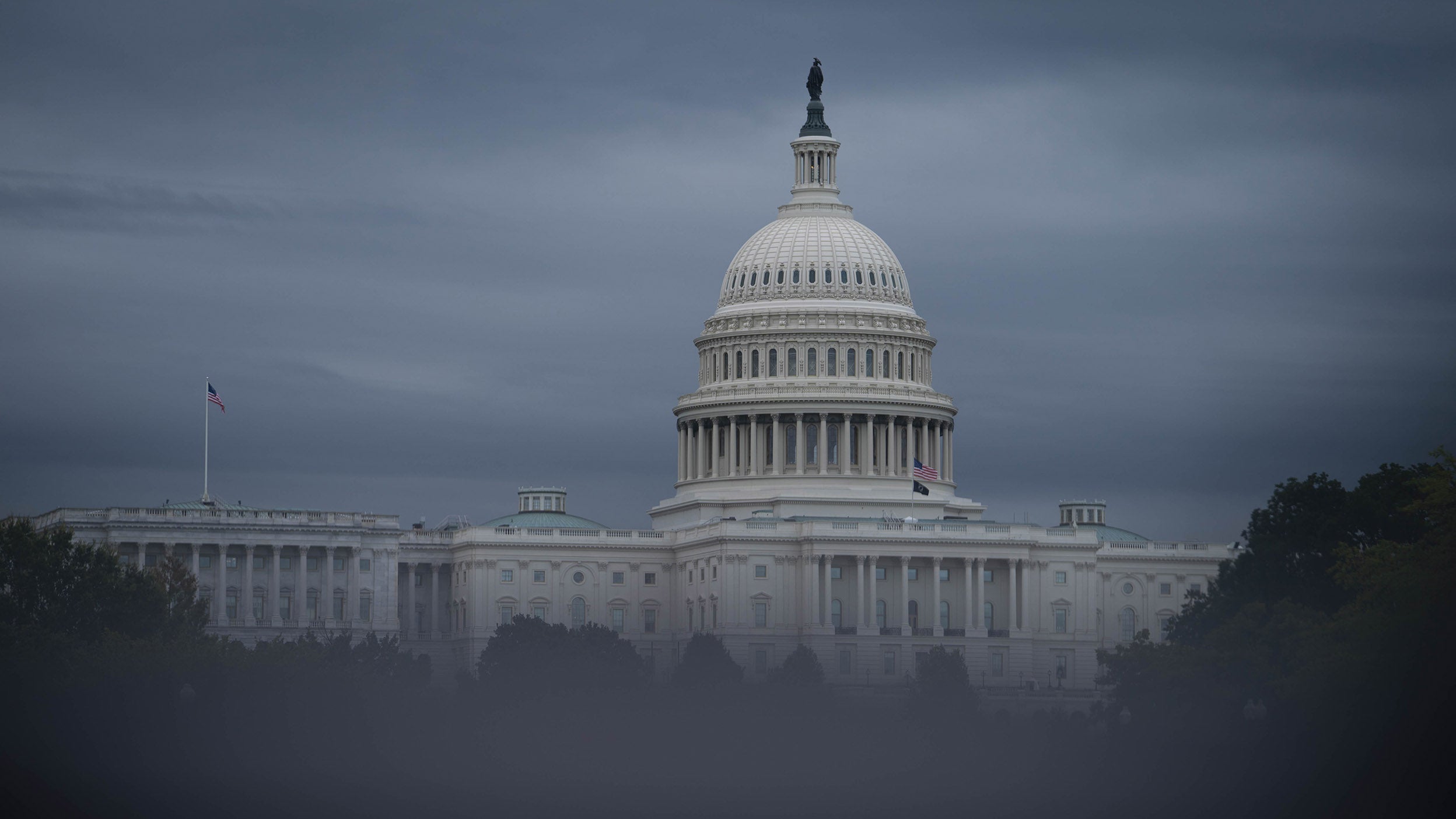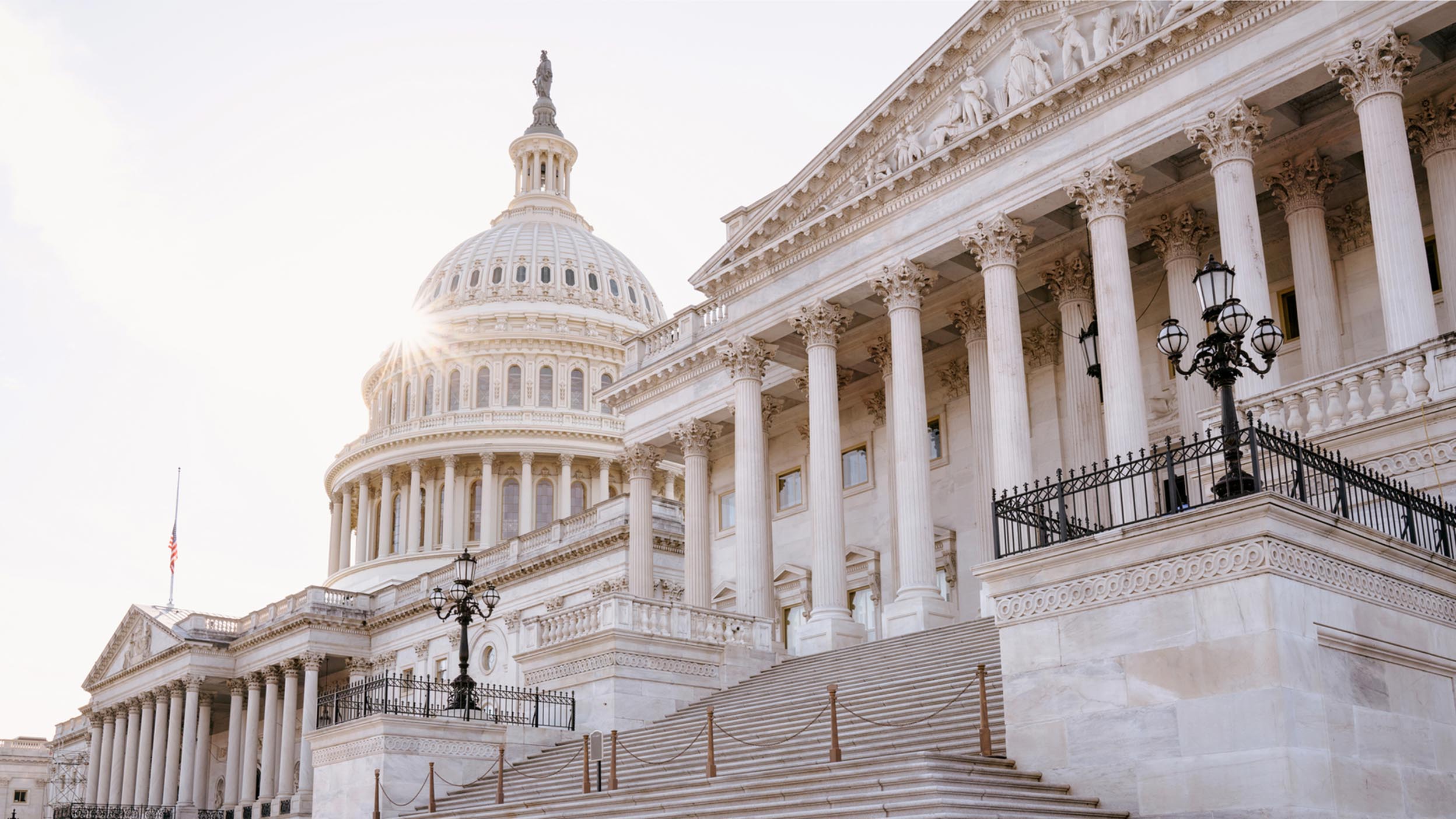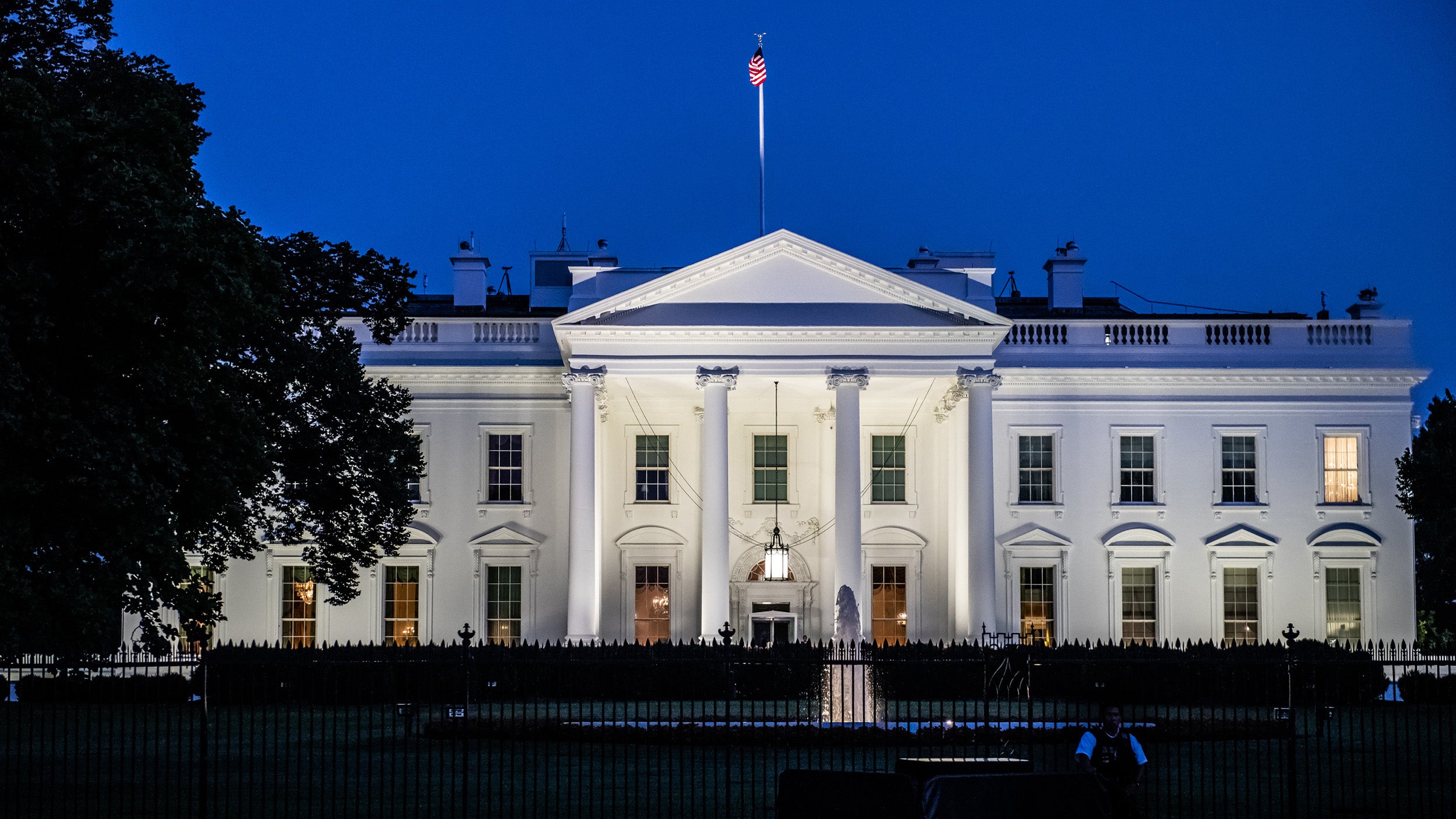
Legislative and regulatory 2025 Global Policy Outlook
The second half of the year has brought clarity regarding multiple political contests worldwide. Now, every global region is anticipating the impact of new policies to come.

Mandatory distribution ages, catch-up contribution, and student loan payment elective deferral corrections are needed.
Treasury released guidance on new plan automatic enrollment, startup tax credits, and incentives to encourage participation.
Student loan payment treatment, emergency withdrawals, SIMPLE plan contributions, starter 401(k)s, and Roth rollovers took effect.
It’s been just over a year since Congress passed the bipartisan SECURE 2.0 Act in an effort to boost the retirement system. With a few notable exceptions, the Biden administration has largely provided the timely guidance necessary for implementation, and Congress has provided a systematic rollout of effective dates for various provisions over the next several years. However, this year could pose challenges for remaining on schedule. Congress has struggled to fund the government and has had several shutdown scares in just the past three months — and it’s an election year.
Rulemaking in election years is often a race to ensure that rules cannot be overturned in a Congressional Review Act (CRA) challenge should the election result in a different party in charge. While the SECURE 2.0 provisions shouldn’t be considered controversial or subject to a CRA challenge, it’s likely that the administration will emphasize its own priorities in the first half of the year and cram SECURE 2.0 guidance in the second half.
Additionally, there’s been a change in leadership of the committees of jurisdiction since the passage of SECURE 2.0, which has altered the focus and priorities of the committees and the administration. For example, Sen. Bernie Sanders (I-VT) now chairs the HELP Committee and is reluctant to celebrate this bipartisan achievement as he believes SECURE 2.0 favors industry and wealthier individuals. He was, however, successful in lobbying for the inclusion of a small program at the Department of Labor (DOL) that would encourage employee ownership through employee stock ownership plans (ESOPs) among other methods. Despite the fact this program isn’t effective until 2025, the DOL launched an initiative to promote worker-owned businesses in July 2023.
Although SECURE 2.0 was a bipartisan, bicameral effort that went through normal order in the four committees of jurisdiction, a number of inadvertent errors were discovered after the bill was signed into law. A “technical correction” is a term of art for the tax writing committees. It signals an inadvertent drafting error, not a policy error, and correcting such mistakes is considered to be revenue neutral.
There were several critical provisions plagued by errors, such as:
After months of debate regarding the scope of the corrections package, in early December 2023, the committees of jurisdiction released a bipartisan discussion draft technical corrections bill, the Tax Technical Corrections Act of 2023, containing 16 corrections as well as 32 minor clerical amendments. The bipartisan, bicameral staff are seeking to attach this package to any must-pass moving vehicle, however, staff has noted that the technical package is not in play for the tax deal that was recently announced by Senate Finance Chair Ron Wyden (D-OR) and House Ways & Means Chair Jason Smith (R-MO). It’s likely that the technical package will not move until a lame duck, end-of-the-year package.
Treasury and the DOL have been quite active in addressing the most urgent questions from SECURE 2.0, however, this activity has been later than the agencies have suggested, and the administration has missed some statutory deadlines in issuing guidance already. That includes the DOL’s now-delayed report on its review of Interpretive Bulletin 95-1, which provides guidance to pension plans that are purchasing annuities to “de-risk” by transferring its benefit liabilities to an annuity provider. We expect the DOL to provide that report to Congress in the short term.
Also, the IRS has been long-expected to release guidance on the provision treating student loan payments as elective deferrals for the purpose of matching contributions. That provision went into effect at the beginning of the year. The IRS is also expected to release updated guidance on the IRC 72(t) regulations since SECURE and SECURE 2.0 contained a number of exceptions to the early withdrawal penalties.
Near the end of August, Treasury heeded the calls that plans couldn’t implement the requirement for catch-up contributions to be made on a Roth basis for eligible participants making over $145,000 in the preceding calendar year. Effective in 2024, Treasury announced that it would adopt a two-year administrative delay on this provision. Treasury also extended the relief for non-spouse beneficiaries inheriting IRAs in 2020 or 2021, after the owner’s required beginning date. This notice doesn’t, however, extend the 10-year period for full distribution of the inherited IRA.
In December 2023, Treasury released several pieces of SECURE 2.0 guidance from long-term, part-time employees to the “grab bag” of guidance covering a dozen issues in a question-and-answer format. It includes automatic enrollment for new plans, increased startup tax credits, and small financial incentives to encourage participation. While this guidance has been relatively non-controversial, the long-term, part-time guidance applies to plan years beginning this year. Many felt this complicated provision should be granted administrative relief since the regulations were proposed just weeks before they became applicable; such relief has not been granted.
The major provisions that become effective in 2024 are:
Despite the fact that retirement remains one of the few bipartisan issues in Congress, new leadership in the committees of jurisdiction aren’t likely to find sufficient common ground to pass another large retirement bill. HELP Chair Bernie Sanders has not shown great interest in retirement, except to expand defined benefit plans and ESOPs. HELP Ranking Member Bill Cassidy (R-LA) has demonstrated an interest in retirement and introduced a couple of bipartisan retirement bills with Sen. Tim Kaine (D-VA). Should the Senate flip in 2024, it’s likely that Sen. Cassidy would try to build on the SECURE 2.0 success. The other committees of jurisdiction have largely been quiet since the passage of SECURE 2.0 and the release of the technical correction package.
There is one issue remaining from SECURE 2.0 that must be finished in the banking committees — allowing 403(b) plans to utilize collective investment trusts. This remains a critical priority for many retirement stakeholders. House Financial Services has marked up a bill addressing the issue, and with House Financial Services Chair Patrick McHenry (R-NC) retiring at the end of this Congress, we expect this’ll be considered one of his must-pass bills. Senate Banking hasn’t expressed interest in taking up this issue, but Senate Banking Chair Sherrod Brown (D-OH) has several priorities he’d like to complete, so conditions are brewing for a banking deal to come together in a must-pass, lame-duck vehicle.
Finally, no discussion of a retirement policy outlook would be complete without mentioning the possibility of a big tax reform package coming together before the expiration of certain Tax Cuts and Jobs Act (TCJA) provisions at the end of 2025. Whether the election drives Congress to address tax issues via reconciliation or through an old-fashioned compromise, with retirement expenditures being one of the biggest expenditures, it creates a ripe opportunity for budget gimmicks to pay for other priorities, as was discussed pre-TCJA with “Rothification” of the retirement system and more recently with the mega IRA provisions that were discussed ahead of the Inflation Reduction Act. The only thing that can be counted on is that the retirement space will remain active for years to come.
With contributions from Mindset.

The second half of the year has brought clarity regarding multiple political contests worldwide. Now, every global region is anticipating the impact of new policies to come.

Deregulation and tax cuts could potentially provide a boost to US economic and market growth, while tariffs and immigration restrictions could pose challenges.

The first, and maybe only, debate between Kamala Harris and Donald Trump is over. Did it move the needle with voters? And what comes next in the dwindling weeks of the campaign?
Important information
NA3367471
Header image: Lindsey Rivera / STOCKSY
The opinions referenced above are those of the authors as of January 24, 2024. These comments should not be construed as recommendations, but as an illustration of broader themes. Forward-looking statements are not guarantees of future results. They involve risks, uncertainties, and assumptions; there can be no assurance that actual results will not differ materially from expectations.
This link takes you to a site not affiliated with Invesco. The site is for informational purposes only. Invesco does not guarantee nor take any responsibility for any of the content.